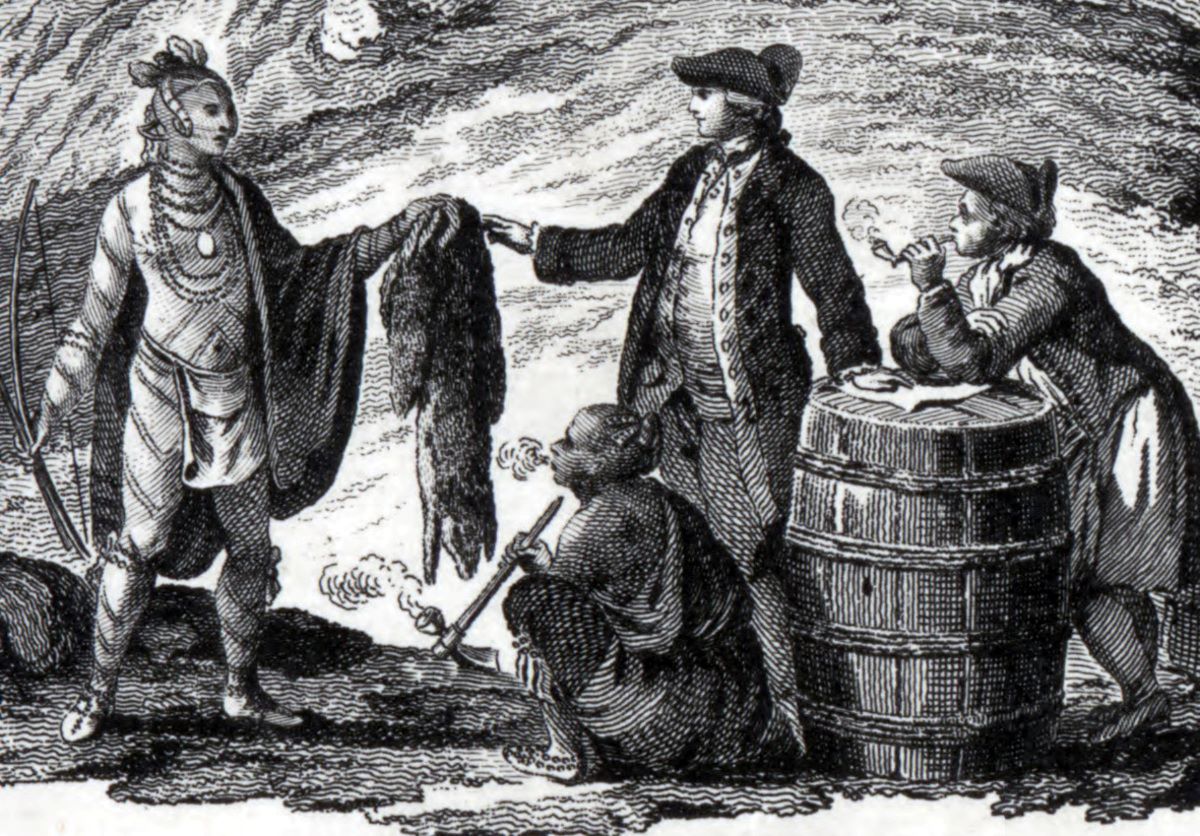Hidden Fur Trading Posts Of The Red River Colony

Have you ever wondered about the hidden fur trading posts of the Red River Colony? These posts played a crucial role in the history of North America. Located in what is now Manitoba, Canada, the Red River Colony was a bustling hub for fur traders in the 19th century. The Hudson's Bay Company and the North West Company both had significant operations here, competing fiercely for control of the fur trade. These posts weren't just places of commerce; they were vital for the survival and growth of the colony. They provided goods, fostered relationships with Indigenous peoples, and helped shape the region's culture. Let's dive into the fascinating world of these hidden trading posts and uncover their secrets.
Hidden Fur Trading Posts of the Red River Colony
The Red River Colony, nestled in the heart of North America, played a pivotal role in the fur trade during the 18th and 19th centuries. Many trading posts were established, each with its unique charm and history. Let's uncover some of these hidden gems.
Fort Gibraltar
Fort Gibraltar, located at the confluence of the Red and Assiniboine Rivers, served as a major hub for the North West Company. This post was essential for trade and interaction between European settlers and Indigenous peoples.
- Fort Gibraltar: Established in 1809, this fort became a bustling center for fur traders. It was strategically placed to facilitate trade routes and foster relationships with local tribes.
Fort Garry
Fort Garry, another significant post, was a cornerstone of the Hudson's Bay Company's operations. It played a crucial role in the economic and social life of the colony.
Upper Fort Garry: Built in 1822, this fort replaced an earlier structure. It became the administrative center for the Hudson's Bay Company in the region.
Lower Fort Garry: Constructed in 1831, this fort served as a supply depot and trading post. Its stone walls and buildings still stand today, offering a glimpse into the past.
Pembina Post
Pembina Post, located near the present-day border of North Dakota and Manitoba, was a key site for the fur trade. It was one of the earliest European settlements in the area.
- Pembina Post: Established in 1797 by the North West Company, this post was vital for trade with the local Ojibwe and Métis populations.
Fort Douglas
Fort Douglas, built by the Selkirk settlers, was a symbol of resilience and determination. It played a significant role during the early years of the Red River Colony.
- Fort Douglas: Constructed in 1812, this fort was named after Thomas Douglas, the 5th Earl of Selkirk. It provided protection and a base for the settlers in the face of numerous challenges.
Fort Daer
Fort Daer, though lesser-known, was an important trading post in the Red River Colony. It facilitated trade and communication between various groups in the region.
- Fort Daer: Established in 1818, this post was named after Lord Daer, a title held by the eldest son of the Earl of Selkirk. It served as a crucial link in the fur trade network.
Fort Ellice
Fort Ellice, situated along the Assiniboine River, was a key post for the Hudson's Bay Company. It played a significant role in the trade and transportation of goods.
- Fort Ellice: Built in 1831, this fort became a major supply center for traders and settlers. Its strategic location made it an essential stop on the trade routes.
Fort Pembina
Fort Pembina, not to be confused with Pembina Post, was another important site in the fur trade. It was established to support the growing demand for furs.
- Fort Pembina: Founded in 1801 by the North West Company, this fort was crucial for trade with the local Indigenous populations. It helped solidify the company's presence in the region.
Fort Pelly
Fort Pelly, named after a governor of the Hudson's Bay Company, was a vital post in the fur trade network. It served as a key point for trade and communication.
- Fort Pelly: Established in 1824, this fort was named after Sir John Pelly. It became an important center for the collection and distribution of furs.
Fort Qu'Appelle
Fort Qu'Appelle, located in the Qu'Appelle Valley, was a significant trading post for the Hudson's Bay Company. It played a crucial role in the fur trade and the settlement of the region.
- Fort Qu'Appelle: Built in 1852, this fort served as a major trading center. Its location made it a key point for trade with the local Cree and Assiniboine populations.
Rediscovering History
Exploring the hidden fur trading posts of the Red River Colony reveals a rich tapestry of history. These posts were vital to the economy and culture of the region. They connected Indigenous communities with European settlers, fostering trade and cultural exchange. Visiting these sites today offers a glimpse into the past, showing how trade shaped the development of the area.
Many of these posts are now historical landmarks. They provide educational opportunities for those interested in the fur trade era. From Fort Garry to Pembina, each location has its unique story. They offer insights into the daily lives of traders and the challenges they faced.
Rediscovering these hidden gems not only enriches our understanding of history but also honors the legacy of those who lived and worked there. It's a journey worth taking for anyone passionate about history and culture.

